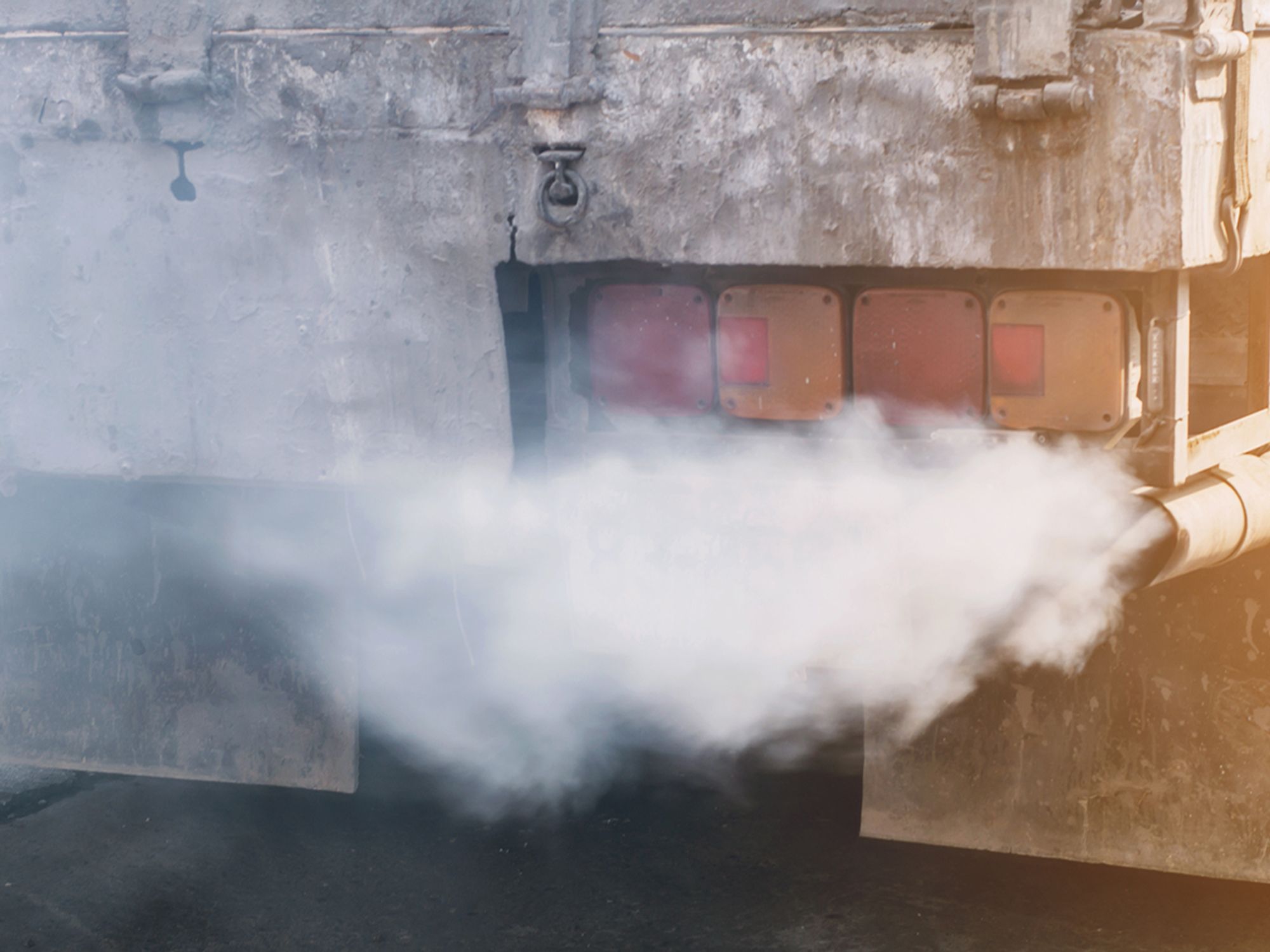Alternative fuel vehicles

- Emissions rules are becoming more strict in many states.
- Battery electric vehicles (BEVs) may not be feasible, so alternative fuels should be assessed for fit to the operation.
- If carriers do not choose compliant options to lower emissions in time to meet requirements, it may impact their business.
Customer demand and tightening environmental regulations push carriers to purchase vehicles with lower greenhouse gas (GHG) emissions than gasoline or petroleum diesel vehicles.
Battery-electric vehicles (BEVs) may not be cost-effective for everyone without substantial government incentives, which may not be sufficient to justify the investment. For example, a battery-electric Class-8 truck can cost three times more than a traditional diesel-powered vehicle.
Understanding the basics of some of the alternative fuels is essential.
10 questions carriers should ask
BEVs might be the only option if you operate in areas where zero-emission vehicles are mandated soon. If so, the link to our electric vehicle information may be helpful.
Carriers should get answers to the following questions before switching to alternative fuel vehicles:
- What emissions regulations and incentives apply to the alternative fuel in your operating area(s)?
- How reliable is the technology, and how soon could it be obsolete?
- How long will the vehicle last?
- What is the total cost of ownership (TCO), including residual value?
- What shop modifications, technician training, and safety precautions are needed to support the respective alternative fuel vehicles?
- How does the vehicle function in extreme heat or cold temperatures?
- How volatile is the cost of the alternative fuel?
- What refueling infrastructure investment is needed, if any?
- How will fuel efficiency and refueling infrastructure impact routing and service?
- Will additional weight impact freight-hauling efficiency or safety?
Alternative fuel options
*The table below was primarily developed from information on the Department of Energy (DOE) Alternative Fuels Data Center https://afdc.energy.gov/fuels/ website.
The alternative fuels listed below are some of the more prevalent options for commercial motor vehicle fleets. The information provides high-level aspects to consider before moving further in the vehicle drivetrain selection process.
| Alternative fuel description | Emissions impact | Positives | Negatives |
| Hydrogen - Fuel cell electric vehicle (FCEV): Compressed hydrogen is used in a fuel cell to provide energy for an electric motor. | Zero tailpipe emissions (overall emissions reduction depends on the process used to generate the compressed hydrogen) |
|
|
| Compressed natural gas (CNG): A non-renewable fossil fuel extracted through wells in subsurface rock formations. | 10 percent lower carbon dioxide (CO2) emissions than diesel |
|
|
| Renewable natural gas (biomethane): Processed biomethane from decomposing organic matter or biomass– such as wastewater, plants, cow manure, or landfill waste. | Negative carbon intensity1 due to harmful methane removal |
|
|
| Biodiesel: A renewable fuel from sources such as vegetable oils, animal fats, or recycled cooking grease. The most common biodiesel blend is B20. Blends range from 6% to 20% biodiesel blended with petroleum diesel. | Up to a 60% tailpipe emissions reduction |
|
|
| Propane: Liquefied petroleum gas (LPG) or propane autogas used in fleet applications, such as school buses, shuttles, and police vehicles. | Reduces GHG emissions by nearly 13 percent |
|
|
| Ethanol (ethyl alcohol): Renewable fuel made from corn and other plant materials, also known as biomass, blended with gasoline. The blend depends on the season and geography. | May result in net emissions increase but carbon dioxide (CO2) tailpipe emissions are reduced by 40 percent (versus gasoline and diesel) with corn-based ethanol offset by the CO2 from the crops grown to produce ethanol |
|
|
GHG emissions requirements from states or the Environmental Protection Agency (EPA) and available state or federal incentives are major determinants as to which alternative fuel vehicle or BEVs will work for your fleet.
Keep in mind, penalties can be assessed for non-compliant vehicles. It would be prudent to start developing a transition plan.
See the current emissions regulations and incentives at this DOE website: https://afdc.energy.gov/laws/
